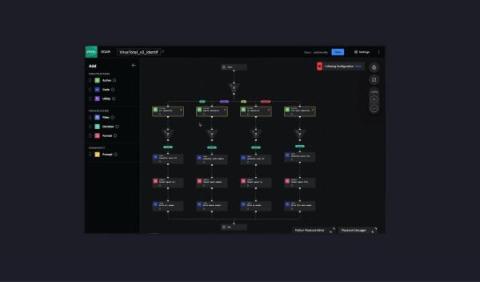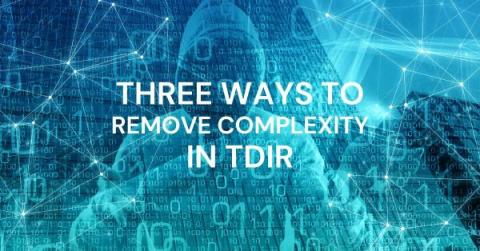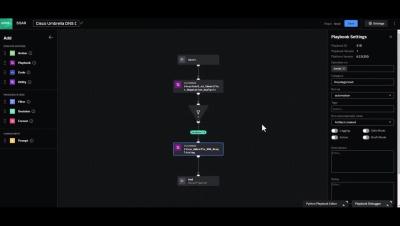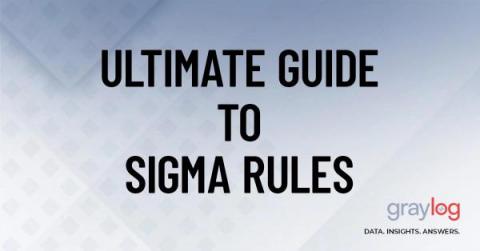From Water to Wine: An Analysis of WINELOADER
In late February 2024, Mandiant identified APT29, a Russian state-sponsored threat group, deploying a new backdoor called WINELOADER to target German political parties. This campaign marks a significant shift in APT29's targeting, as they have traditionally focused on government and diplomatic entities. The expansion to political parties suggests an evolution in the group's intelligence gathering priorities, likely influenced by the current geopolitical climate.











